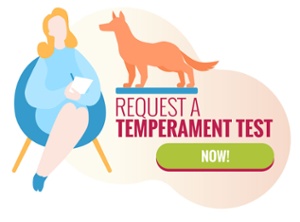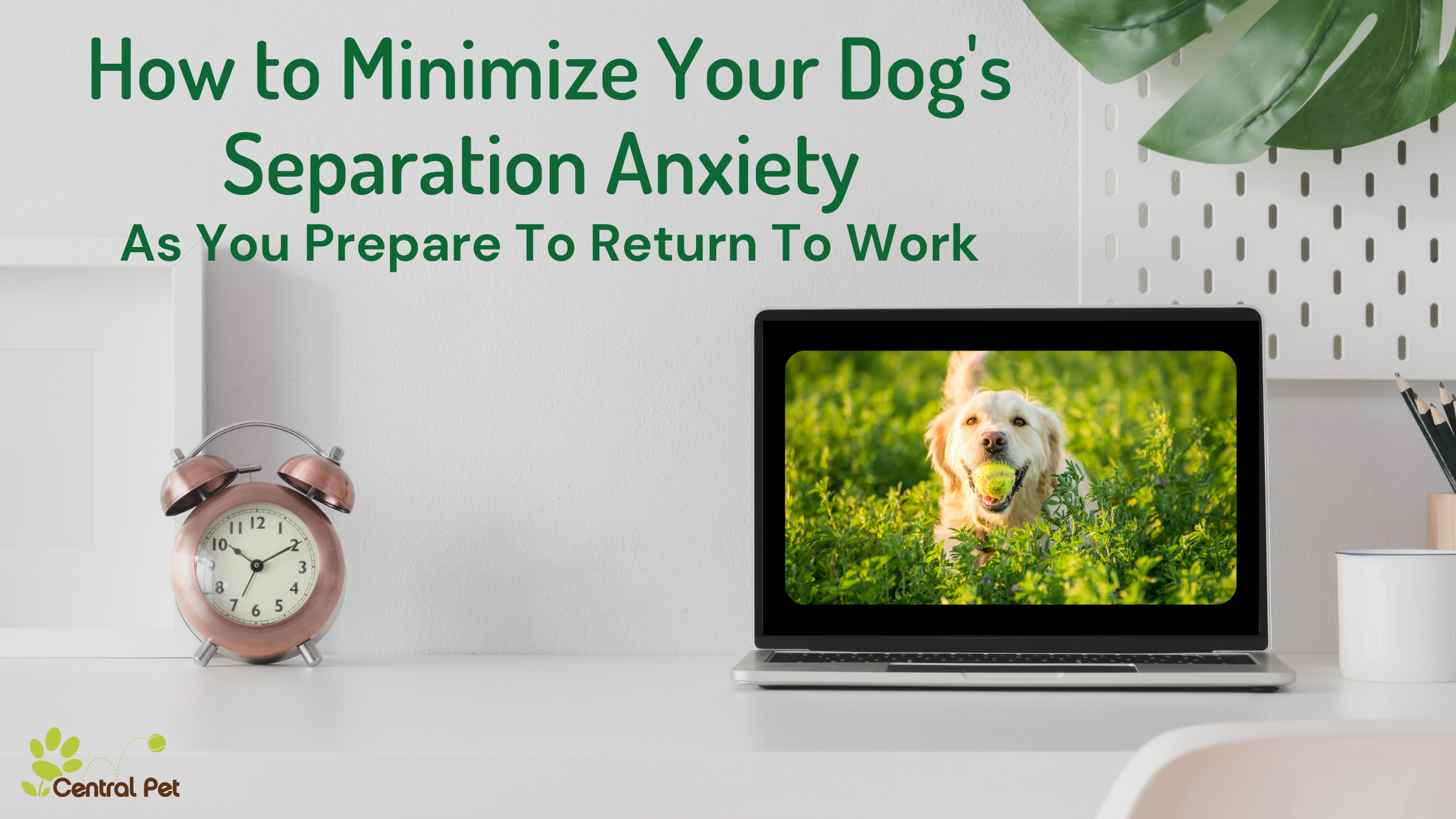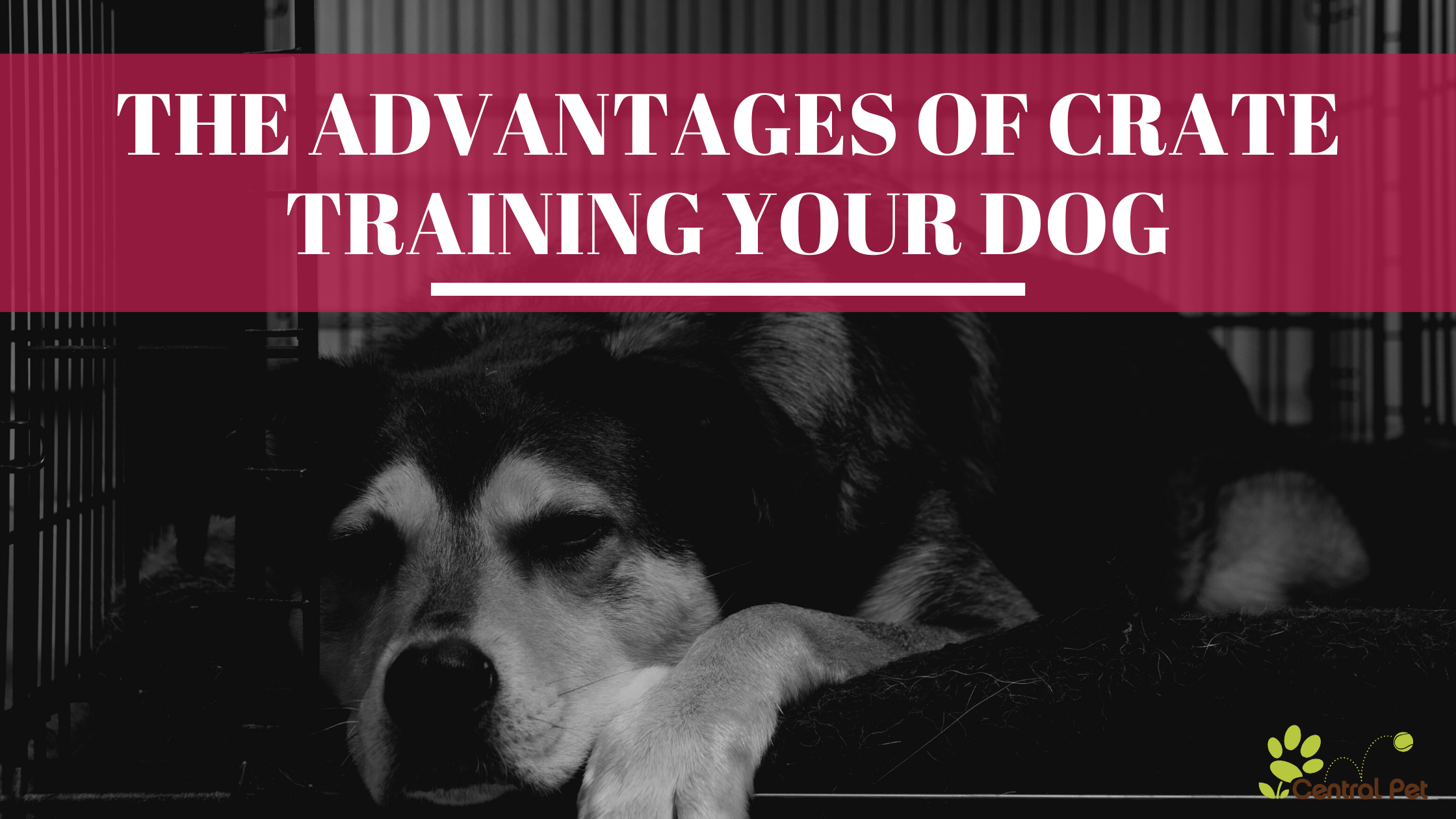When you transitioned to working from home, both you and your dog likely enjoyed the increased time together. However, with the shift back to office or a job site, your dog might experience separation anxiety.
Some dogs may have mild signs of anxiety, such as hiding or showing signs of distress, while others might resort to behaviors like rummaging through trash or excessive chewing. For some dogs, their anxious behaviors can escalate to more serious issues like damaging furniture or walls.
Related Read: 5 Signs of Anxiety in Dogs
The good news is, there are effective steps you can take to help your dog adjust to your return to a more structured routine. Every dog is different, so what works for your dog may vary based on their anxiety levels and individual temperament.
Train Your Dog for Your Absence
If your dog has mild separation anxiety, you can use the following method, though you would significantly lengthen the times you leave your dog alone. If it is fine for a couple of hours but starts to exhibit anxiety after that, you can increase the time you are away by 20 to 30 minutes at a time. Instead of rushing back from the grocery store, you can take the time for one or two extra stops, such as grabbing a coffee or some ice cream, or even a quick lunch.
If your dog has severe separation anxiety, you can still train your dog for your absence. Have everyone leave the house – just go outside where your dog can’t see you if it looks out of any of the windows. Start with 5-minute increments. When you go back into the house, if the dog hasn’t trashed anything, praise and reward it.
Repeat this several times every day with one- to two-hour intervals. After a couple of days, increase the time to 10 minutes. If your dog still hasn’t trashed anything, increase the time again. Repeat with 5-minute time increases until you get to a half hour.
Once you know that you can leave your dog for a half-hour, get in the car and drive away. Come back after a half-hour. Don’t forget to praise your dog each time you come in if it did not tear up anything. Continue increasing the time by 15 to 20 minutes every few days. This method does take a lot of time, but it's important to be patient while ensuring your dog that you will return. And, if you need help training your dog, don't hesitate to reach out to an expert.
If you can leave for two or three hours, you might hire a dog walker at this point.
Hire a Dog Walker
If you plan on introducing a dog walker, you should do so before your return to work. Have your dog walker come over during the day and walk your dog even while your home. It can give you some quiet time during meetings, and it gives your dog some extra exercise!
After you return to work, you may want to have your dog walker come in every couple of hours at first. After a week or so increase the absent time by a half-hour. Repeat the time increases until the dog walker is coming twice each day - in the late morning and mid-afternoon.
Keep in mind that if your dog has severe separation anxiety issues, this method will not work for you. A dog with severe separation anxiety might start acting on its anxious behavior 15 to 20 minutes after you walk out the door.
Crate Train Your Dog
"My dog chews everything in sight 5 minutes after I leave!"
If this is the case, you should crate train your dog for its own safety. Introduce them to alone time in the crate and then work on your time away from them. Go into a different room for a few minutes and work up from there. However, a dog with severe separation anxiety would be safer in doggy daycare unless you can trust it to not destroy its crate.
If your dog feels safe in its crate, instead of leaving it out, take the above steps two or three times a day, but instead of leaving the dog out, crate it. If you do have to leave your dog crated all day, make sure you get a dog walker to take it out at least twice a day and make sure you are ready to take the dog for a walk or play in the backyard for 30 to 60 minutes when you get home.
If, after a couple of weeks of trying and your dog doesn’t adapt to alone-time, consider putting it in doggy daycare while you are at work.
Put Your Dog in Doggy Daycare
More than likely, the best option is to put your dog in doggy daycare. Doggy daycare provides stimulation from other dogs and staff all day. Before you choose a doggy daycare, visit it by yourself, then ask to bring your dog in for a meet and greet. That way, when you do leave your dog, the staff won’t be strangers.
If the separation anxiety is too much, you can work with the staff to keep your dog safe and help them understand that you will eventually come and take it back home. Introducing new things, or reintroducing things, such as staying home or going back to doggy daycare, takes time and patience. Even the worst cases of separation anxiety can be overcome with work, time and patience.
Doggy Daycare in Tucson, Arizona
When you use doggy daycare while you are at work, your dog will stay safer than if you were to leave it at home, especially if your dog has separation anxiety -- even mild separation anxiety. Your dog will be safe in runs and will get playtime out in the yard to use up some of that excess energy.
 Visit Central Pet in Tucson, so you and your dog get to know us and to view our daycare facility. You can also drop off your furry friend with any special instructions, medication, and food. Here's what you can expect at doggy daycare at Central Pet!
Visit Central Pet in Tucson, so you and your dog get to know us and to view our daycare facility. You can also drop off your furry friend with any special instructions, medication, and food. Here's what you can expect at doggy daycare at Central Pet!
Blog originally published April 2021. Updated March 2025.







